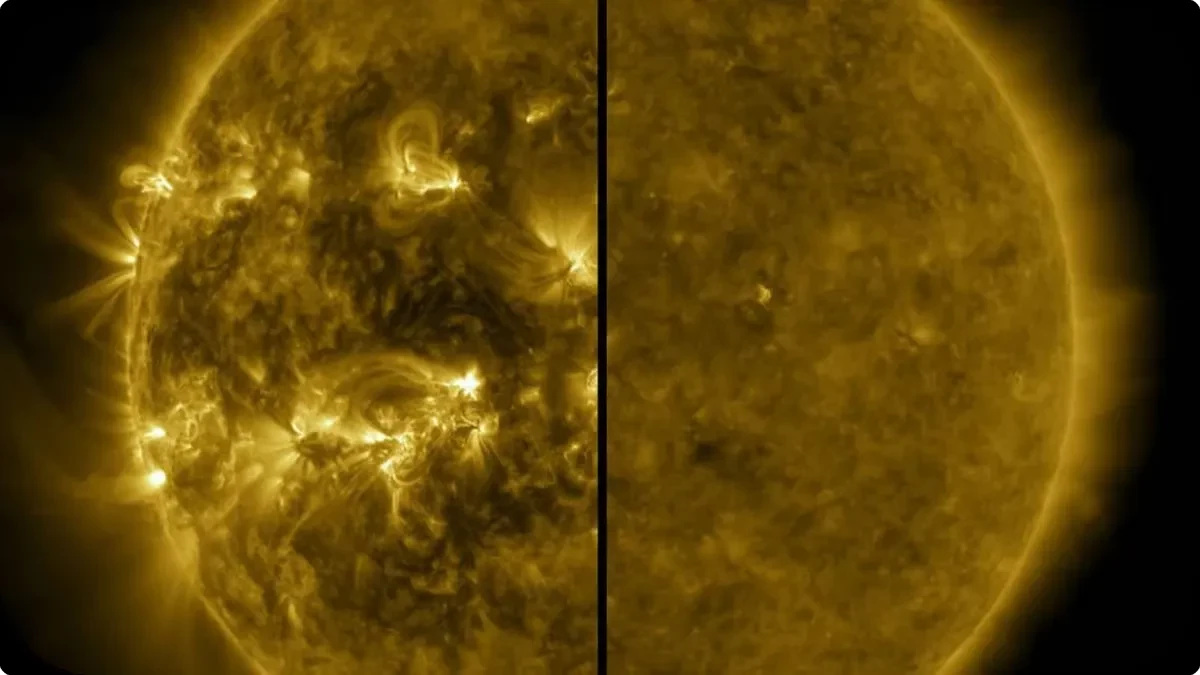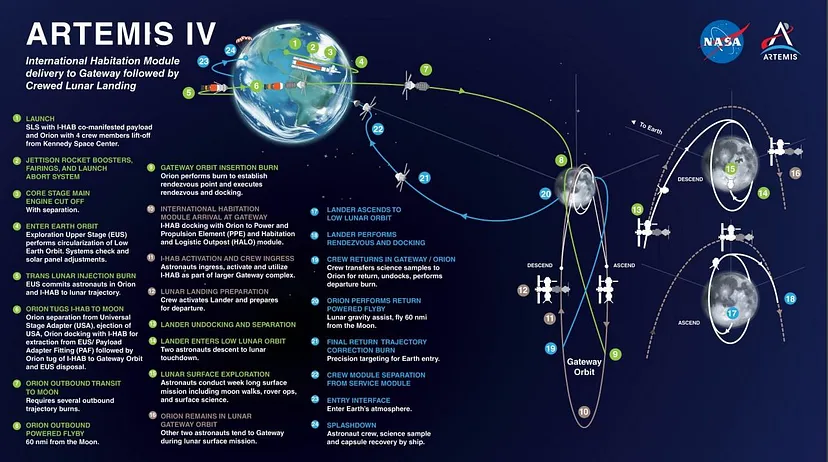Hidden Neutron Star Found in Supernova Debris
Astronomers using the James Webb Space Telescope (JWST) have discovered a neutron star in the remnants of a stellar explosion, putting an end to a nearly decade-long search. Supernova 1987A is the aftermath of a star explosion with an initial mass of 8 to 10 times that of the sun, is situated 170,000 light-years away in the Large Magellanic Cloud. Initially observed in 1987, it became the closest and brightest supernova visible from Earth in about 400 years.
These stellar explosions, like Supernova 1987A, play a crucial role in distributing elements like carbon, oxygen, silicon, and iron across the cosmos. The resulting remnants can become compact stellar objects such as neutron stars or black holes. For 37 years, astronomers were uncertain whether the core of Supernova 1987A formed a neutron star, or collapsed into a black hole.
The recently identified neutron star remained hidden due to a thick layer of gas and dust from the supernova blast. Using the JWST’s infrared capabilities, researchers examined emissions for evidence of argon and sulfur, determining that the ionization of these elements could only be caused by radiation emitted by a neutron star. The brightness of the neutron star was estimated to be about a tenth of that of the sun.
However, questions about the neutron star remain. The ionization could result from interactions with a pulsar wind nebula, created by a rapidly rotating neutron star, or from ultraviolet and X-ray light emitted by the neutron star itself. Further infrared observations with the JWST’s NIRSpec instrument may help distinguish between these possibilities, providing more insights into the nature of the neutron star at the heart of Supernova 1987A. The research was published in the journal Science on February 22.




